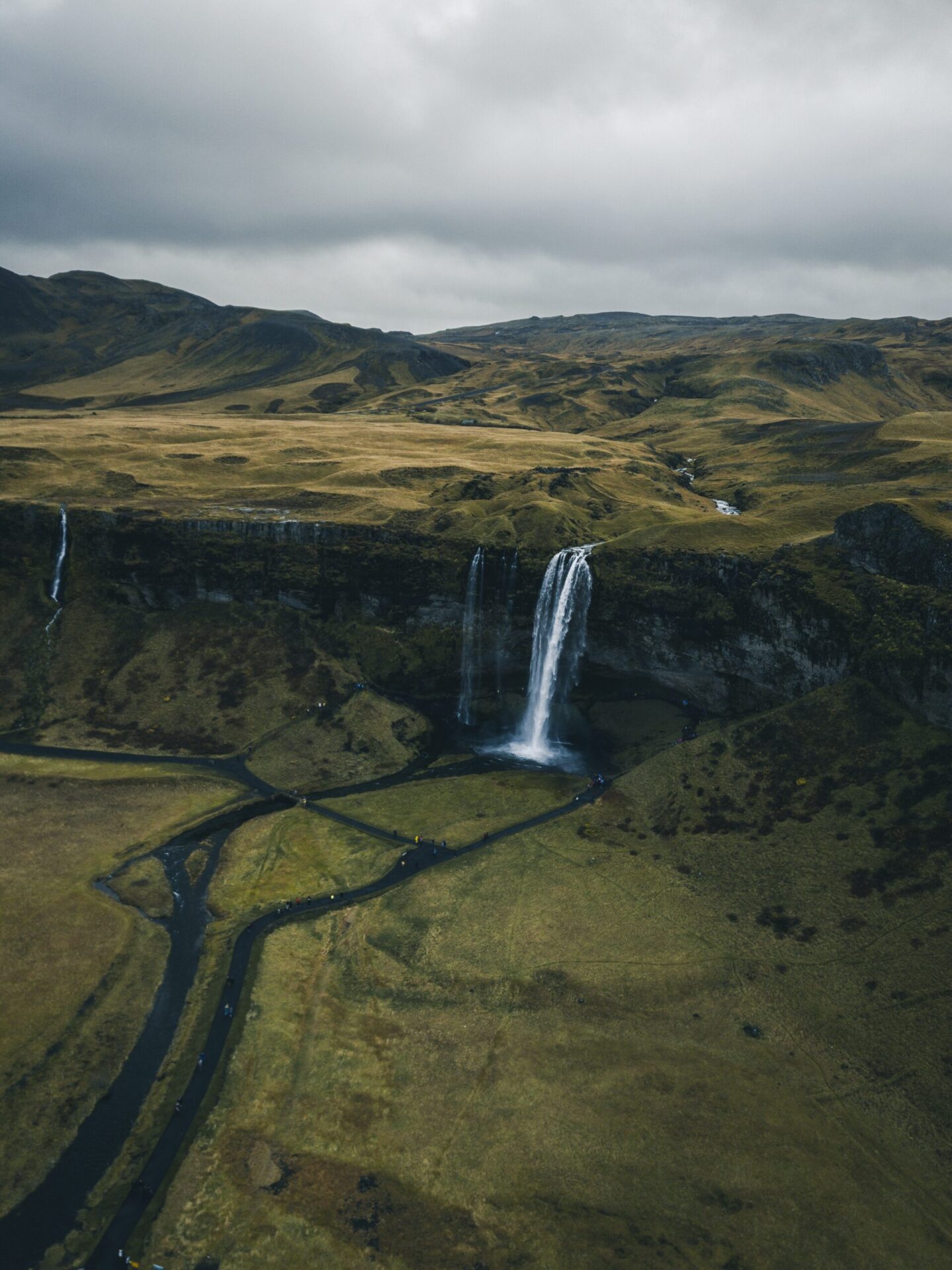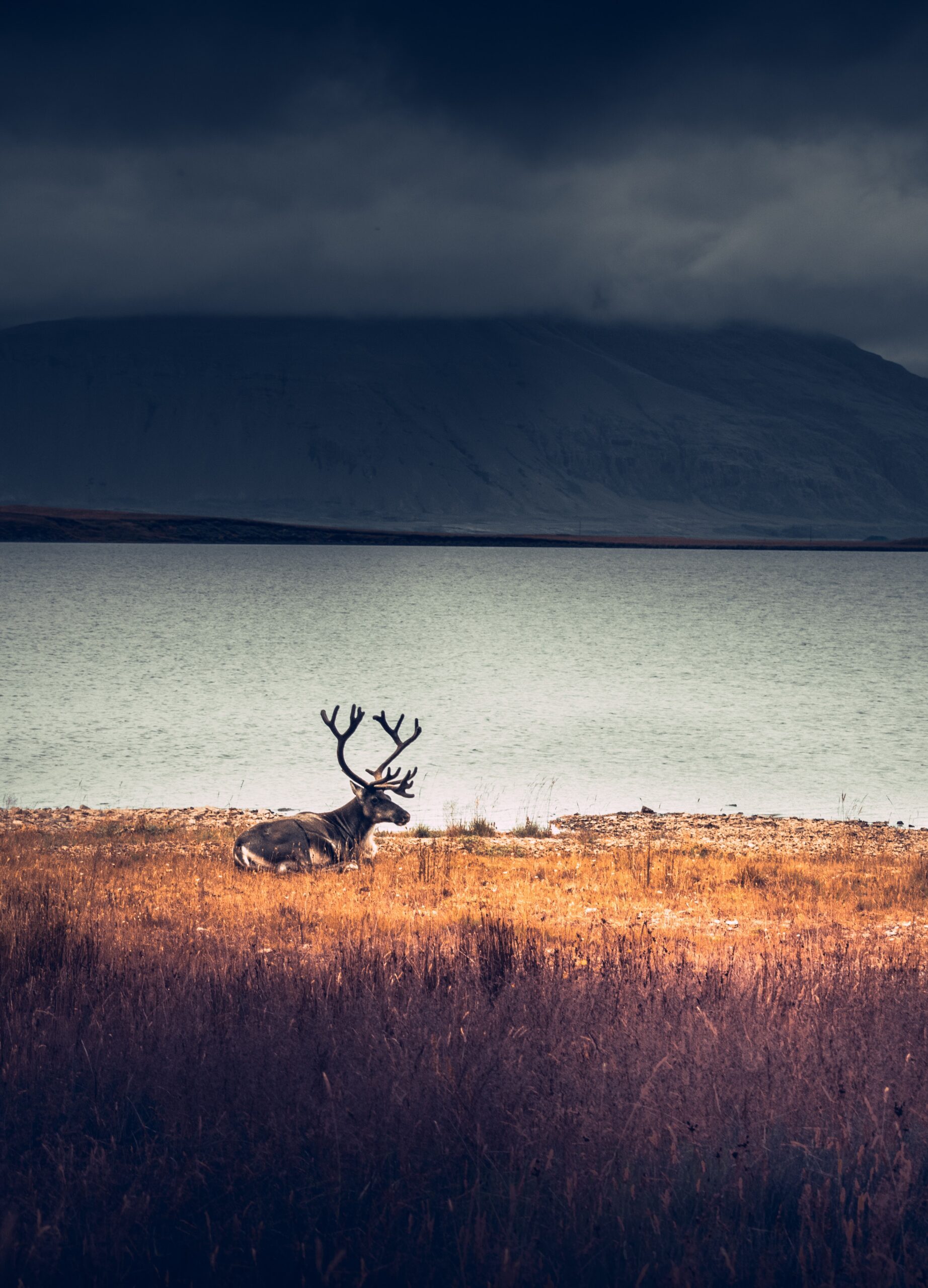Best Time to Visit Iceland
Iceland Offers Year-Round Activities With so many activities on offer year round in Iceland, determining when is best to visit depends entirely on what it is you want to experience. Northern lights enthusiasts tend to head there during winter while those interested in exploring ice caves or hunting whales come during summer.
However, choosing when and how best to visit Iceland can be daunting due to its ever-changing climate. Forbes Passport has done some legwork on your behalf by compiling an informative list of when the best things are happening during each season in Iceland.
Spring in Iceland starts in April, when stunning wildflower blooms appear alongside puffins returning home. Thanks to mild temperatures and longer daylight hours, this makes April an excellent month to explore outdoor adventures such as lava caving, glacier hiking, snorkeling or scuba diving.
Winter
Winter in Iceland can be an amazing time. Not as popular with visitors, winter offers more peaceful experiences without crowds of people and is the best opportunity to see the Northern Lights.
Winter days may be shorter, but you still have plenty of daylight to explore the landscapes and capture some unforgettable images. Also take note of the long twilight between sunset and sunrise for amazing lighting conditions!
Snowshoeing and cross-country skiing are two excellent wintertime activities to consider, with ski season typically opening up by January providing plenty of choices.
As winter comes around, so too do opportunities to see the Aurora Borealis (Northern Lights). But it is important to keep in mind that these lights may not always be visible due to cloud cover and wind speed factors; therefore, if you want a good chance at seeing them during your visit it would be prudent to stay at one of Iceland's Northern Lights hotels where staff have been specifically trained in detecting them.
Reykjavik Marathon offers runners an ideal way to experience Reykjavik from a new angle and meet fellow runners from around the globe, while Innipukinn festival showcases some of Iceland's premier musical talent in September.
September is an excellent month to go whale watching, since these sea mammals tend to be more active during this season. Furthermore, September marks the final month of shoulder season so crowds at attractions should be lower than during summer visits.
November isn't known for many events or festivals, but Iceland hosts its annual horror film festival Frostbiter which offers an ideal way for those hoping to avoid crowds of high season travel while still witnessing Northern Lights displays. Days remain long but begin shortening by the end of the month.
Spring
Spring marks the arrival of many migrating birds to Iceland and nature wakes back up after its long winter nap. April is usually when puffins begin arriving en masse; roads become less treacherous for driving tours around Iceland at this time.
May is another excellent month for visiting Iceland, with longer days allowing travelers to spot Northern Lights during daylight hours and temperatures remaining near 50 degrees Fahrenheit.
June through August is Iceland's peak tourism season, so be prepared for large crowds at many of the main attractions. However, the warm temperatures make for ideal outdoor activities like hiking and horseback riding; plus it is one of the best times for whale watching as more species inhabit these waters.
September and October in Iceland are typically shoulder months that offer the ideal balance between weather conditions and visitor numbers. Skies tend to be clear and the Northern Lights can often be seen; however, snowstorms are possible during these months too.
If you want to avoid crowds and have the highest chances of seeing the Northern Lights, spring or fall are your best choices for travelling to Iceland. Winter travel may present more cost and cold temps compared to its counterparts; knowing your priorities and choosing an optimal time of year depends on this decision.


Summer
Iceland's summer months are Iceland at its absolute finest, offering long days and nearly 24 hours of daylight in June and July. The climate is ideal for hiking, camping and sightseeing; puffins nest and feed their young during this period; whale-watchers also hone in on this period to spot both humpbacks and minke whales from shore.
But even if 24-hour daylight isn't your cup of tea, Iceland's shoulder seasons of spring and fall still offer plenty of attractions. Iceland's lush landscape becomes even more vibrant in these months when iconic lupine flowers begin their annual bloom. Their vibrant purple blooms create beautiful swaths across the countryside.
Springtime celebrations and Lent are two highlights that don't go unnoticed in Rhode Island, while autumn offers many of these same attractions as well as music and cultural festivals - plus you may have better chances at seeing Northern Lights from late September through early November than during wintertime!
Winter in Iceland can be an amazing opportunity for Northern Lights hunters, with March and September tending to produce the best Aurora displays. Days are long enough to fit in plenty of sightseeing while snowshoeing and ice caving are popular winter activities before warming up in one of Iceland's natural hot springs.
Climate conditions in Iceland can vary widely throughout the year; even during the height of summer you could encounter rain or snow showers. But no matter when you visit, Iceland will always be worth visiting and we promise you'll have a blast no matter when or why! When planning a trip here don't forget your jackets and layers; also see our tips on planning an unforgettable Iceland trip; get in touch with one of our travel specialists now and we would be more than happy to assist in making sure your experience the best of this amazing land.
Fall
The Northern Lights, an incredible cosmic light show, can be seen in Iceland between September and late March. However, sightings cannot be guaranteed and their appearance cannot be predicted with absolute accuracy.
Iceland attracts far fewer tourists in autumn, making this time of year ideal for exploring stunning landscapes and amazing natural phenomena without crowds of people. You may also get lucky enough to witness spectacular autumn colors or migrating birds during this time.
Winter offers breathtaking snowy tundra views, while taking advantage of long dark days to go aurora hunting or participate in outdoor activities. However, this season can prove challenging for photographers due to limited daylight hours available for photographing stunning natural phenomena such as aurora borealis displays.
Springtime in Iceland is an enchanting time, as the country comes back to life and begins blooming with new life. Puffins nest on its islands from April through August while whale watching can be found anywhere between May and September - making this an excellent time to catch glimpse of its mystifying Midnight Sun!
Autumn in Iceland is truly spectacular, with vibrant orange and red leaves covering the island and an intoxicating scent enveloping every corner. Autumn marks an ideal opportunity to spot migrating birds before their journey south for winter.
At this time of year, weather can become extremely variable with strong winds and constant rainstorms; however, some lovely sunny days help compensate.
Low season travel between November and April can help save money on accommodation and flights, with accommodation typically being cheaper as well as flights being available at reduced costs. Still, planning around peak seasons would be best as this is when most activities and attractions will be open; unfortunately this means missing some events like Frostbiter Horror Film Festival held each November; though it might still save some money by traveling during these lower seasons!
Your Monthly Guide to Exploring the Land of Fire and Ice
Iceland, the enchanting land of fire and ice, beckons travelers year-round with its stunning landscapes, unique festivals, and the chance to witness the awe-inspiring Northern Lights. To help you plan the perfect Icelandic adventure, we've put together a monthly guide on when to visit this captivating island. From the chill of January to the festive December, Iceland has something special to offer every month.
January - Embrace the Winter Wonders
Best for: Reykjavik International Games, Dark Music Days Contemporary Music Festival, Þorrablót Mid-winter Festival, Ice Caves
While January may greet you with mid-winter weather and shorter days, it's the ideal time for ice cave exploration and Northern Lights sightings. However, if you'd rather stay warm and indoors, you can immerse yourself in the world-renowned Dark Music Days festival or partake in the Icelandic ancestors' honoring during Thorrablot. Don't miss the chance to join a historical Icelandic food tour, sampling delicacies like hangikjot (flavored smoked lamb) and brennivin (a local distilled beverage).
February - A Feast for the Senses
Best for: Winter Lights Festival, Food & Fun Festival, Northern Lights
February is a culinary delight in Iceland. The Winter Lights and Food & Fun festivals, hosted in Reykjavik, infuse warmth and joy into the cold and wet months. Keep your eyes peeled for the mesmerizing Northern Lights that often grace the Icelandic skies.
March - Winter Sports Wonderland
Best for: Northern Lights, Winter Sports, Iceland Winter Games, Annual Beer Festival, DesignMarch
March offers longer and brighter days, making it perfect for winter sports enthusiasts. Whether you're into downhill or cross-country skiing, snowboarding, snowshoeing, or hiking, you'll find the nearest mountain just a 20-minute drive from Reykjavik.
April - Springtime Surprises
Best for: Puffins and Golden Plover Migration, The Golden Circle, Reykjavik International Literary Festival
April marks the beginning of spring in Iceland, welcoming back beloved bird species like puffins and golden plovers. It's an excellent time to visit, as off-season prices are lower, and the tourist crowds are thinner. Be prepared for a mix of rain, snow, hail, and sunshine, so pack accordingly.
May - Embrace the Great Outdoors
Best for: Whale Watching, Nature Adventures, Vaka Folk Arts Festival, Stockfish Film Festival
May signals the end of the chilly winter months, though temperatures still hover between 1-11 degrees Celsius, with less chance of snow. With up to 20 daylight hours by late May, it's the perfect time for thrilling outdoor adventures like lava caving, glacier hiking, snorkeling, scuba diving, and horseback riding.
June - The Season of Endless Days
Best for: Midnight Sun, Hafnarfjörður Viking Festival, Reykjavik Arts Festival, National Holiday of Iceland, Fisherman's Day, RUSL Sustainable Design Festival, The Arctic Open
Summer has arrived in Iceland, bringing longer days and peak travel season. June offers a plethora of cultural, music, and environmental festivals for every interest. It's also the best time to witness the legendary midnight sun phenomenon.
July - A Burst of Life and Culture
Best for: Fringe Festival, Lunga Arts Festival, Folk Music Festival, Laugavegur Ultra Marathon, Braðslan, Nature Photography
July is the busiest tourist month in Iceland. With sunny skies, lush landscapes, and extended daylight, it's the perfect time to enjoy city life or explore Iceland's stunning natural beauty. If you prefer a quieter experience, plan your visit early in the month before local schools go on break.
August - A Wilderness Wonderland
Best for: Reykjavik Pride, Reykjavik Culture Night, National Festival, Verslunarmannahelgi, Þjóðhátíð
August promises full access to Iceland's wilderness as areas that were inaccessible in winter now open up. This warm month is ideal for exploring Iceland's rugged terrain, including glaciers, volcanoes, hot springs, and waterfalls. If you're not an outdoor enthusiast, you can enjoy a variety of local events and attractions.
September - A Taste of Culture
Best for: Reykjavik International Film Festival, The Night of Lights, Reykjavik Jazz Festival, Icelandic Blues Festival
September marks the end of the summer rush, and temperatures drop to 5-10 degrees Celsius. With fewer tourists, you'll find lower prices and shorter lines at attractions, making it a great time for music and film enthusiasts. Note that some highland roads will close by the end of the month in preparation for winter.
October - Fall's Vibrant Colors
Best for: Northern Lights, Berry Picking, Cycle Music and Art Festival, Hvammstangi International Puppet Festival
October in Iceland is a visual feast, with autumnal colors blanketing the landscape as temperatures drop. As the colder months approach, plan for Northern Lights viewing, especially away from city lights and on clear nights.
November - Winter's Embrace
Best for: Hot Springs, Iceland Airwaves, Ice Caves, Northern Lights
November brings winter's full embrace, with lower temperatures and shorter daylight hours. It's an ideal time to relax in one of Iceland's hot springs, surrounded by a snowy wonderland. The ice caves also re-form, creating a surreal experience amid stunning glaciers.
December - A Festive Winter Wonderland
Best for: New Year's Eve, Frozen Waterfalls, Glacier Exploration, Christmas Villages, and Lights
If you're looking to ring in the new year with style, Iceland offers an eclectic music scene and charming Christmas villages. December, while one of the coldest and windiest months, often provides opportunities to witness the Northern Lights. Keep in mind that some hotels, services, and attractions may be closed during the winter months.
In Iceland, every month tells a unique story, offering travelers unforgettable experiences throughout the year. Whether you're seeking winter adventures, summer festivals, or the magic of the Northern Lights, Iceland has something special for everyone, month after month.































Sustainable Deals Awaits
Subscribe Our Newsletter and Never Miss a Thing

LEGAL
- Terms & Conditions
- Data protection
- Privacy and Cookie Statement
- Cookie Consent

